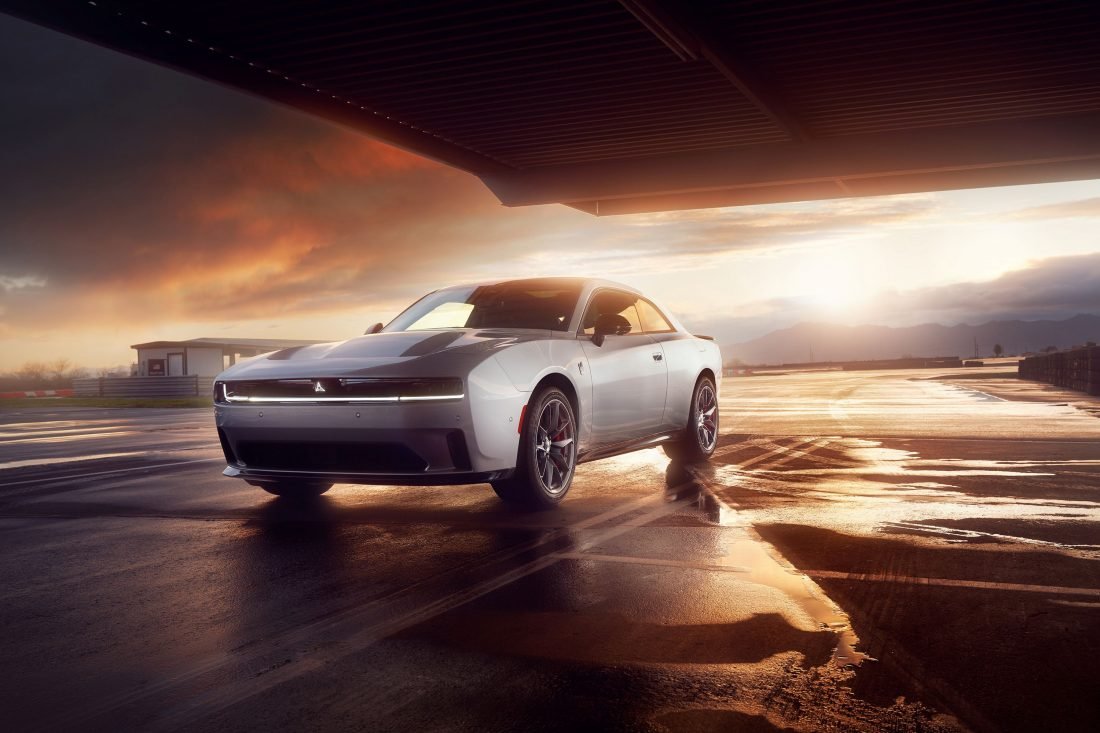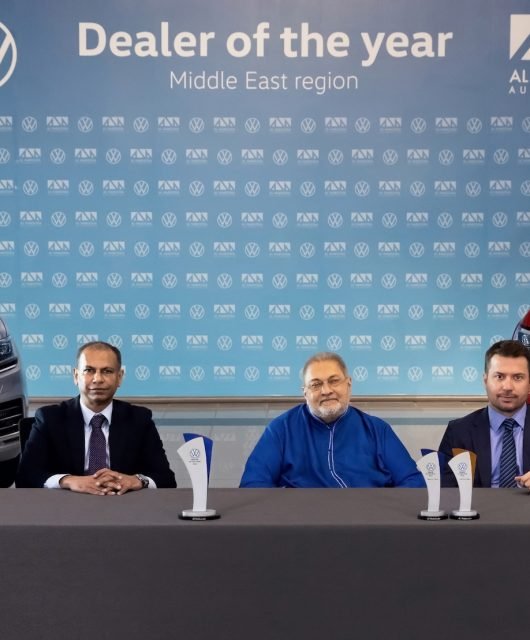Dodge Delivers World’s First and Only Electric Muscle Car, Announces All-new Dodge Charger Multi-energy Lineup
- All-new, all-electric 2024 Dodge Charger Daytona delivers up to 670 horsepower and is expected to reach 0-60 mph in 3.3 seconds, retaining its title as the world’s quickest and most powerful muscle car
- 2024 Dodge Charger Daytona Scat Pack will cover quarter-mile in 11.5 seconds (estimated) and is still unsurpassed in quarter-mile elapsed time (ET) of any muscle car
- In addition to Charger Daytona Scat Pack, all-electric Charger models include 496-horsepower 2024 Dodge Charger Daytona R/T
- 2024 Dodge Charger Daytona Scat Pack and 2024 Dodge Charger Daytona R/T represent first-ever all-electric vehicles from the Dodge brand
- 2024 Dodge Charger Daytona models will feature standard Direct Connection Stage kits for maximum vehicle performance at launch
- Next-generation Charger models represent first vehicles to debut new STLA Large platform, leveraging the platform’s high-performance and multi-energy capabilities
- Reveal of all-new Dodge Charger can be viewed online at dodge.com
Dubai, United Arab Emirates, March 11 2024 – Dodge is igniting a new era of automotive muscle, announcing today the global debut of the world’s first and only electric muscle car and the brand’s first multi-energy muscle car: the all-new Dodge Charger.

The next-generation Dodge Charger electrifies a legend. The Charger will retain its title as the world’s quickest and most powerful muscle car, led by the all-new, all-electric 2024 Dodge Charger Daytona Scat Pack, which delivers 670 horsepower and is expected to reach 0-60 mph in 3.3 seconds and to run the quarter-mile in an estimated 11.5 seconds. Electrified models also include the 496-horsepower 2024 Dodge Charger Daytona R/T.
The all-new Dodge Charger features standard all-wheel drive for all models and will offer performance choices via multi-energy powertrain options — the 550-horsepower Dodge Charger SIXPACK H.O. powered by the 3.0L Twin Turbo Hurricane High Output engine and the 420-horsepower Dodge Charger SIXPACK S.O. fueled by the 3.0L Twin Turbo Hurricane Standard Output engine.
“The electrified 2024 Dodge Charger Daytona Scat Pack delivers Charger Hellcat Redeye levels of performance and announces its presence through the world’s first Fratzonic Chambered Exhaust, while Hurricane engine-powered Dodge Charger SIXPACK models will give the Brotherhood of Muscle a gas option that produces better horsepower and torque numbers than the outgoing 5.7- and 6.4-liter HEMI engines,” said Tim Kuniskis, Dodge brand chief executive officer – Stellantis. “The next generation of Dodge muscle has arrived.”
Two-door coupe versions of the all-electric 2024 Dodge Charger Daytona Scat Pack and 2024 Dodge Charger Daytona R/T will begin production in mid-2024. Production of all-electric four-door Daytona Scat Pack and R/T models will begin in the first quarter of 2025. Gas-powered two-door Dodge Charger SIXPACK H.O. and four-door Dodge Charger SIXPACK S.O. models are also scheduled to begin production in the first quarter of 2025. The all-new Dodge Charger will be built at the Windsor (Ontario) Assembly Plant.
The Dodge brand’s announcement of the all-electric Charger Daytona models and cleaner-running Hurricane engine-powered Charger SIXPACK offerings align with the Stellantis Dare Forward 2030 strategic plan, in which electrified and more efficient propulsion systems will help Stellantis cut its global carbon footprint by 50% by 2030 and lead the transportation industry by achieving net carbon zero by 2038.
World’s First and Only Electric Muscle Car
The all-new Dodge Charger introduces the first fully electrified muscle car to the Dodge Brotherhood of Muscle. Next-generation Dodge Charger models represent the first vehicles to debut the STLA Large platform, a highly flexible, BEV-native platform that has the potential to carry extreme power. A variety of suspension modules and powertrain cradles can be employed to suit vehicle-specific performance objectives.
The all-electric, all-wheel-drive Dodge Charger Daytona models are driven by a 400V propulsion system that delivers supercharged V-8 performance with zero tailpipe emissions and instant torque response. The system incorporates a high-voltage battery pack, a dual integrated charge module and both a front and rear electric drive module (EDM). The front EDM employs front wheel end disconnect, improving range and efficiency, while the rear EDM includes a mechanical limited slip differential to increase traction and performance. Both front and rear EDMs feature 3-in-1 architecture (inverter, gearbox and motor), with each generating 335 horsepower (250 kW) and 300 lb.-ft. of torque.
The battery pack delivers 100.5 kWh installed capacity and a peak discharge rate of 550 kW — specifically designed to maximize acceleration by allowing the motor to utilize the most power the battery can output in the span of a quarter mile. The battery cell structure is prismatic, offering a more structurally stable cell with better thermal performance through a rigid casing, resulting in lower battery temperatures during high performance driving. The nickel cobalt aluminum chemistry of the battery cell provides more power per gram — the battery-electric version of high-octane fuel.
The 400V propulsion system packs six performance levels into one powertrain. The 2024 Charger Daytona R/T arrives with a standard Direct Connection Stage 1 upgrade kit that adds 40 horsepower to reach a total of 496 horsepower, while the Daytona Scat Pack is delivered with a Stage 2 kit that offers an increase of additional 80 horsepower, taking total output to 670 horsepower. Future Daytona models will require purchase of Direct Connection Stage kits to upgrade from base models to Stage 1 and Stage 2 performance.
Charger Daytona models also take advantage of an advanced and customizable regenerative braking system, converting the vehicle’s kinetic energy into electricity during deceleration to increase total range. Drivers can adjust the level of regenerative braking (0.1g, 0.2g or 0.3g regen) by using paddle shifters to customize the driving experience.





